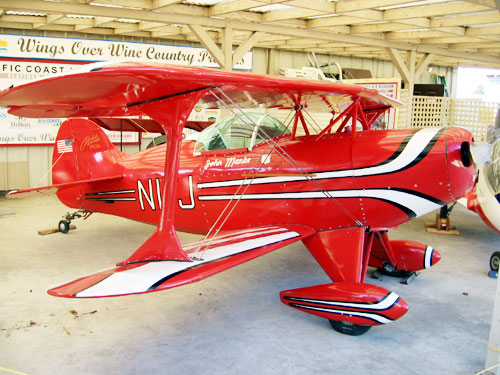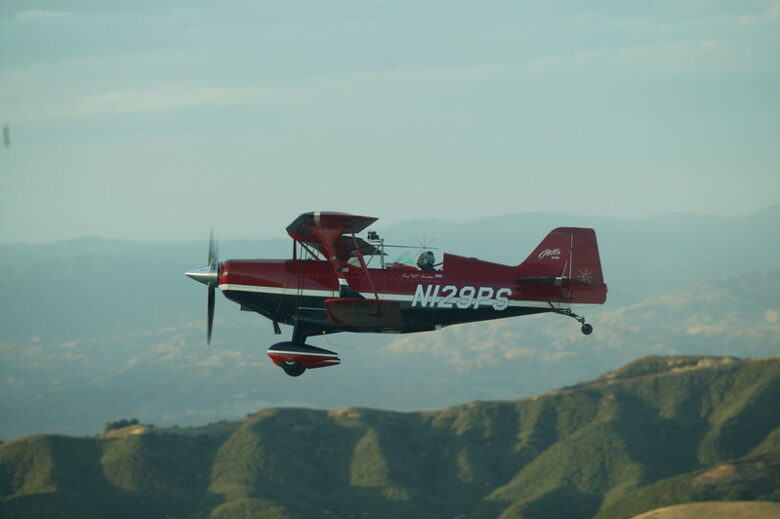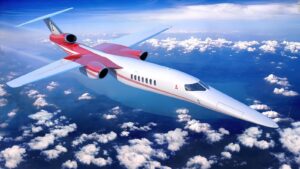Stunt flying is my great passion, and when I can use that passion to support storytellers and filmmakers in the creation of a new project, all the better!
Back in 2003, I was thrilled to lend my plane and flying skills to support the photography efforts of the Discovery Channel documentary, Unsolved History: Roswell.
Here is a write up from USC’s Institute for Creative Technologies on the project and my role in the shoot:

ICT Graphics Technology Soars
The Graphics Lab (GLAB) Team recently took to the skies in the making of a documentary, entitled “Unsolved History: Roswell”, which aired October 15th [2003] on the Discovery Channel. The show attempted to provide scientific answers to unsolved UFO sightings, and posed questions as to whether or not these sightings were in fact real. The GLAB was commissioned to scientifically recreate how weather balloons might be mistaken for UFO’s, by simulating how the balloons would appear at various altitudes and in a variety of natural illumination conditions.
The project came about after Douglas Martin, a digital artist working on the show, attended an evening lecture that the GLAB’s leader Dr. Paul Debevec gave at the Gnomon School of visual effects in Hollywood. Debevec had described the GLAB’s Light Stage 2 process, which uses a rotating arc or strobe lights to record digital images of how people or objects appear under every possible direction of illumination. From this data, GLAB algorithms can simulate the appearance of the object under any complex form of illumination, such as in a forest, on the beach, or just after sunset.
It was a challenge to capture measurements of incident illumination at high altitudes. GLAB art director Marc Brownlow and Paul Debevec worked to design a version of the lab’s light probe system that could safely be attached to an airplane. Accomplished aerial cinematographer Mehran Salamati designed a camera mount which was fitted above the front seat of my open cockpit Pitts biplane.

